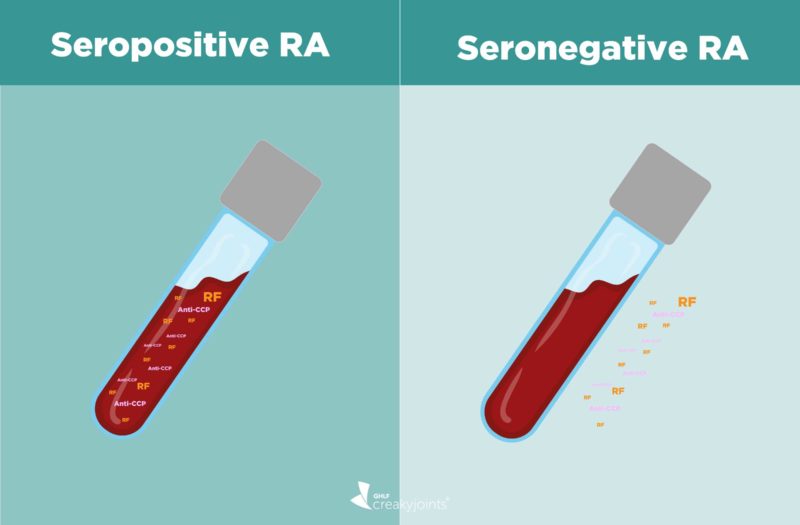The percent of people who have rheumatoid arthritis (RA) hasn’t changed much over the past few decades. From 1985 to 1994, about 40 people per 100,000 had it; between 2005 and 2014, that number was 41 out of 100,000. What has changed, however, is the proportion of patients who have the seronegative form of the disease.
This information comes thanks to a new analysis that was conducted by Mayo Clinic researchers and published in the journal Annals of the Rheumatic Diseases. Between 1985 and 1994, only 12 out of 100,000 people with RA were seronegative. Between 2005 and 2014, that number jumped to 20 out of 100,000.
Seronegativity (or seropositivity) refers to whether or not someone who meets the other criteria for RA (like several swollen joints and joint deformities) also has rheumatoid factor (RF) and or/anti-citrullinated peptide (anti-CCP) antibodies in their bloodstream. Seropositive patients are those who test positive for one or both of these types of antibodies; seronegative ones do not test positive for either.
Although seronegative RA was once believed to be less serious than seropositive RA, that’s no longer believed to be the case. In fact, other recent research has suggested that seronegative patients should be treated as aggressively as those who are seropositive.
Why is seronegativity on the rise? No one really knows, but the authors speculate that the “changing prevalence of environmental factors, such as smoking, obesity, and others, may have contributed to these trends. Whether these trends represent a changing serological profile of RA requires further investigation.”
Use Our ArthritisPower App to Manage Your Arthritis
Join CreakyJoints’ patient-centered research registry to track your symptoms, disease activity, and medications — and share with your doctor. Learn more and sign up here.
Keep Reading
Myasoedova E., et al. Is the epidemiology of rheumatoid arthritis changing? Results from a population-based incidence study, 1985–2014. Annals of the Rheumatic Diseases. February 2020. doi: http://dx.doi.org/10.1136/annrheumdis-2019-216694.






